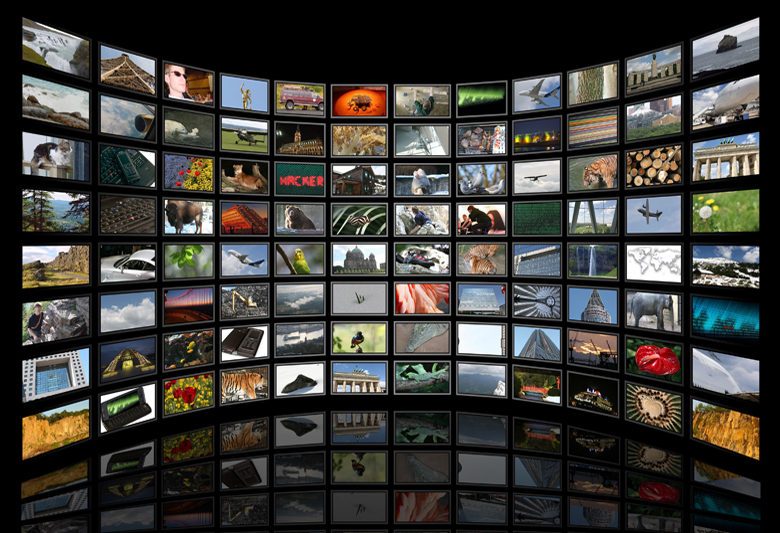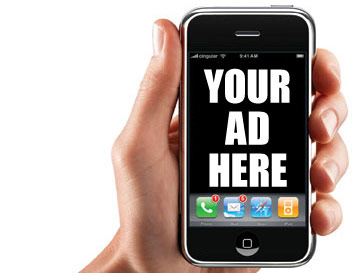Today at TechCrunch Disrupt NY, executives from Google, Facebook and Twitter were assembled on a panel to discuss advertising. The participants expressed some common views on the industry but also some sharp philosophical differences emerged.
Neal Mohan of Google stressed that for advertising they are trying to embrace context, for example mobile vs. desktop and lean forward vs. lean back settings. He also highlighted that measurement represents one of the biggest unsolved problems in the landscape today. It’s critical to be able to measure the efficacy of digital ads in terms of driving sales. Google is currently investing a lot in solving this problem.
Gokul Rajaram from Facebook agreed that context was important, and pointed out that Facebook has been focusing heavily on creating an optimized mobile experience. In fact, a full 23% of Facebook’s advertising revenue comes from mobile at this stage. The guiding philosophy behind the recently-launched Facebook Home was to put your friends at the center of your mobile experience rather than your apps. It was key, he indicated, that advertising not be interruptive, but that it fit into the flow of the natural way people are using an application.
Kevin Weil of Twitter discussed how the site is “a bridge, not an island”, insomuch as it drives action from sponsored content out into the world. He described the platform as the social soundtrack to TV, pointing out that 95% of social commentary about TV is on Twitter. He feels the two platforms thus make each other stronger for advertisers. Mr. Weil also pointed out that no one typically screenshots a banner ad and shares it, the way people actively retweet promoted tweets within their Twitter feeds.
A difference of opinion emerged into how to credit different digital marketing tools for effectiveness measuring purposes. Facebook’s point of view is that the last click before purchase doesn’t necessarily deserve all of the credit; they feel that brand-building interactions (e.g. Likes, Suggested Posts) play a more important role in driving purchase than conventional wisdom would currently say. Meanwhile Twitter feels as though engagement with Tweets and links therein that drive to purchase are critical, and the “last click” before purchase deservedly gets the lion’s share of attention.


